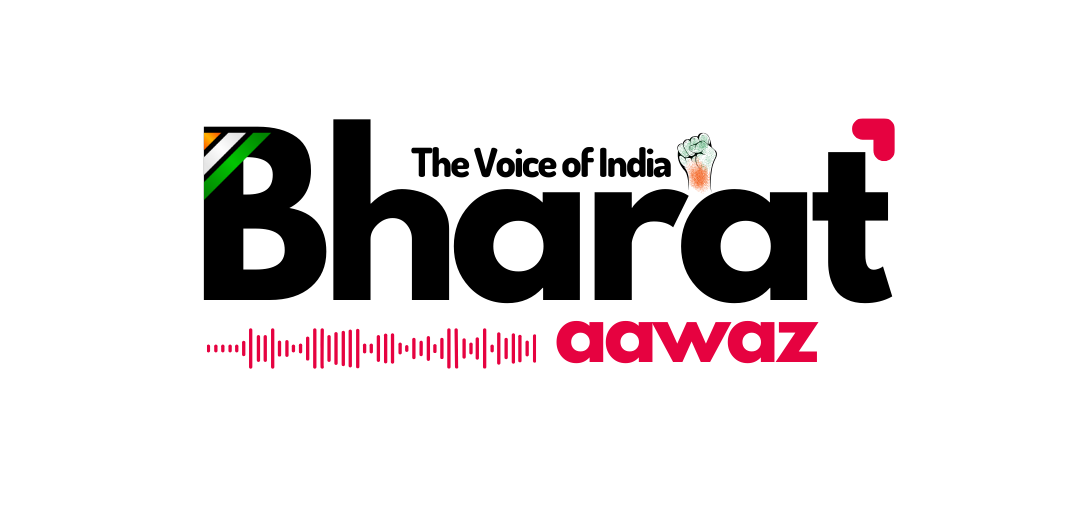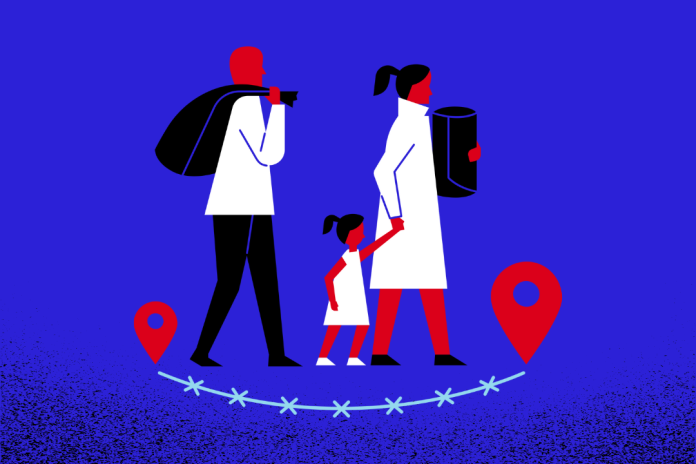Human trafficking is a grave violation of human rights that affects millions of individuals worldwide. Among the most vulnerable groups exploited by traffickers are women and children. These vulnerable populations are often targeted due to their socio-economic conditions, lack of awareness, and lack of protection. Women and children are trafficked for various purposes, including sexual exploitation, forced labor, and illegal activities such as organ trade and child soldier recruitment. Addressing the vulnerabilities of women and children to human trafficking is crucial to combating this issue and safeguarding their fundamental rights.
Factors Contributing to Vulnerabilities
- Poverty and Economic Instability: Poverty is one of the primary factors that make women and children vulnerable to trafficking. Traffickers prey on individuals who are financially desperate, offering false promises of better job opportunities, a better life, or educational prospects. In many cases, women and children from impoverished regions are lured into trafficking rings under false pretenses, such as employment in domestic work, hospitality, or modeling, only to find themselves trapped in exploitative situations.
- Gender Inequality: Gender inequality plays a significant role in making women vulnerable to trafficking. Women and girls, especially in patriarchal societies, may have limited access to education, employment, and legal rights. Their lack of autonomy and power within their communities makes them prime targets for traffickers who promise them escape from oppressive situations, often leading to forced labor, sexual exploitation, and abuse.
- Lack of Education and Awareness: Women and children who are uneducated or unaware of their rights are more susceptible to human trafficking. Traffickers often manipulate these individuals by promising them opportunities for education, work, or a better life, making them more vulnerable to exploitation. In addition, lack of awareness of trafficking tactics and how to seek help exacerbates this issue.
- Conflict and Natural Disasters: Areas affected by conflict, war, and natural disasters are often hotspots for human trafficking. Women and children in these areas are displaced, left without protection, and in desperate need of shelter, food, and safety. Traffickers take advantage of these circumstances, exploiting the vulnerability of these individuals and forcing them into various forms of trafficking, such as sexual exploitation or forced labor in refugee camps or resettlement zones.









